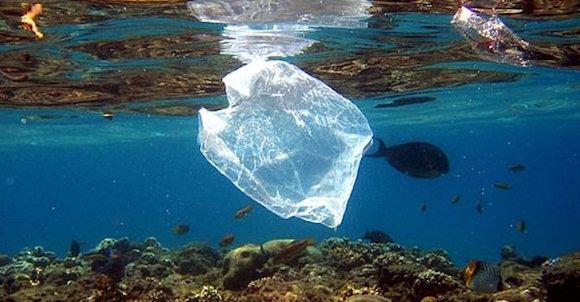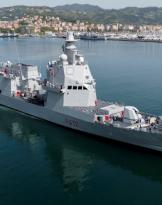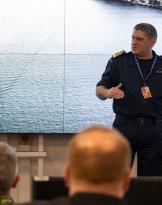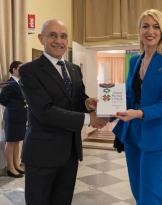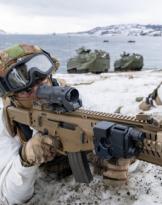If we talk about the Mediterranean, we cannot fail to mention pollution, which today has reached very high levels of radioactive substances, chemicals, floating garbage, plastics, hydrocarbons and other pollutants. A heap of poisons sometimes invisible but very harmful to the health of the marine ecosystem and man, which is expressed in a sea bordered by the eastern coasts to the Strait of Gibraltar for a perishing that laps three continents: Africa, Asia and Europe, with its 46.000 kilometers of coastline it is a wealth that belongs to all the countries that overlook it and from which they draw fundamental resources for the economy.
The Mediterranean with a total area of 2,5 million km2 collects liquid pollutants that populate it and arrive according to some studies at more than 10 grams per liter, the plastic that floats damages the marine fauna and also the birds that mistake it for food while the poisons at the bottom of the sea arrive at a density of about 2000 objects per km2.
Then there are the ships sunk with loads of poisons which to date seem to be in the order of a hundred units and in this context, one can only remember the arduous commitment carried out by the lieutenant captain Natale De Grazia (vds: http://www.comitatodegrazia.org/) of the Captaincy of Reggio Calabria investigating the sinking of the motor vessel Rigel opened a chapter that was still open on the subject of submerged poisons in the "Mare Nostrum". De Grazia was on the trail of the ships of the poisons, which were used to sink toxic substances, coming to discover dangerous plots that could solve the mystery of the freighters sunk in the Mediterranean, if he had not died suddenly in circumstances remained obscure.
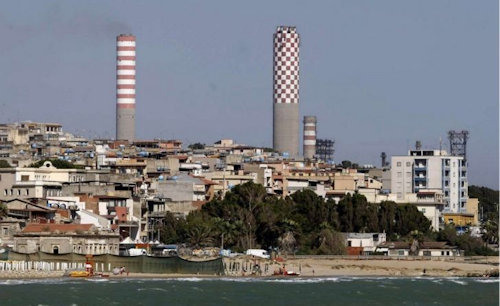 Sea pollution also has other origins: oil refineries, metallurgical industries, industrial farms, fertilizer plants, chemical and paper industries, sewage discharges spill into the sea every day, endangering the health of the man who draws many resources from the sea. The picture is completed by heavy metals, polluting toxic substances, hydrocarbons and so also the catch, a large cut species, has an amount of mercury even 20 times higher than the limits established by the World Health Organization.
Sea pollution also has other origins: oil refineries, metallurgical industries, industrial farms, fertilizer plants, chemical and paper industries, sewage discharges spill into the sea every day, endangering the health of the man who draws many resources from the sea. The picture is completed by heavy metals, polluting toxic substances, hydrocarbons and so also the catch, a large cut species, has an amount of mercury even 20 times higher than the limits established by the World Health Organization.
There are estimates that evaluate the daily intake of hydrocarbons through food, of 3 micrograms per day per individual equal to an amount 100 times higher than that considered tolerable daily. The main risks to human health occur through the ingestion of foods, fish and seafood in which toxic substances such as mercury, lead, plastic, etc. accumulate.
On the coasts washed by the Mediterranean there are urban densities with around 150 million inhabitants to whom we consider the hundreds of millions of tourists that contribute to marine pollution with urban waste. This pollution which is not news is greater than that caused by the great catastrophes both natural and caused by man. Every year by the industries of the coastal strip alone millions of tons of pollutants are discharged in the Mediterranean from industrial plants: oil refineries are the main sources of industrial hydrocarbon pollution with almost 100%, other industries introduce cadmium for an 50%, 100% phenols, metallurgical contributes with oils for almost 90% and almost 100% zinc., the figures are 85 thousand tons of heavy metals, 900 thousand tons of phosphorus, 200 thousand tons of nitrogen, 47 tons a year polycyclic aromatics. These are substances that are hazardous to the environment and to human health and are released into the sea.
Add to this the pollution coming from rivers, from civil discharges without purifiers, that produced by maritime traffic and by pollutant spill accidents. Most of the pollution comes from the manufacturing industry and from that of fertilizers, with mercury, almost for 100%, lead close to 50% while oils and fatty substances are at around 20%. Industrial farms introduce phosphorus pollution at 95% altitude; the main sources of pollution from lead, for over 60% while and almost all of the chlorinated organ comes from chemistry and paper respectively.
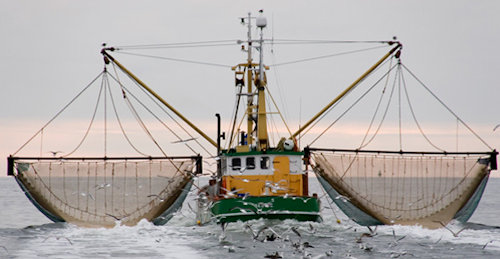 The food chain becomes the means of contamination for humans, for which both marine vegetables, molluscs and large predators such as swordfish, tuna, grouper, etc. which are often appreciated as delicacies become a dangerous trap, rich in mercury in particular, which leads to all pathologies dependent on toxic pollutants up to almost 100% of total cases with long-term disorders, especially for frequent consumption polluted food several times a week. In particular, hydrocarbon pollutants cause problems to the immune system, heavy metals damage the nervous, endocrine and reproductive systems and also contribute to degenerative diseases and tumors, chlorinated organs cause damage to the hormonal system, and so in this path other things come into play diseases with arsenic affecting the gastrointestinal tract, cadmium the urinary tract, phenols affecting the thyroid.
The food chain becomes the means of contamination for humans, for which both marine vegetables, molluscs and large predators such as swordfish, tuna, grouper, etc. which are often appreciated as delicacies become a dangerous trap, rich in mercury in particular, which leads to all pathologies dependent on toxic pollutants up to almost 100% of total cases with long-term disorders, especially for frequent consumption polluted food several times a week. In particular, hydrocarbon pollutants cause problems to the immune system, heavy metals damage the nervous, endocrine and reproductive systems and also contribute to degenerative diseases and tumors, chlorinated organs cause damage to the hormonal system, and so in this path other things come into play diseases with arsenic affecting the gastrointestinal tract, cadmium the urinary tract, phenols affecting the thyroid.
The greatest pollution of the sea comes from the coast, from the mainland. Italy, France and Spain, alone discharge the majority of total pollutants, with industrial discharges, water from civil scarifiers, from the rivers that enter around 300 km each year. cubes of water, then there is the pollution caused by the rains that carry solid and liquid waste of any kind into the sea. With regard to mercantile traffic, over a third of commercial and worldwide navigation plows the waters of the Mediterranean for a total of over 12.000 ships with at least one fifth carrying only petroleum products generating an important source of pollution.
The work plan to be prepared is highly demanding and must be tackled on many fronts, starting from individual life and consumption choices, reducing the consumption of large predatory fish and avoiding to throw non-biodegradable pollutants into domestic waste, do not use the sea like a trash can. The Municipalities must increase the purification plants and the judicial police bodies remain the anti-pollution checks both at the coast and from the sea. We recall that currently the Harbor Master's Office is present along the coasts of the peninsula with a series of commands that are able to intervene promptly for any environmental emergency, checking 8.000 kilometers of coasts, 25 international ports and national 80. They are joined by the means of the MM, the men of the Guardia di Finanza and of the Forest Service, the Civil Protection, the Fire Brigade, the Carabinieri, the State Police and the local Police, sometimes even voluntary associations. All forces in the field that must be coordinated efficiently.
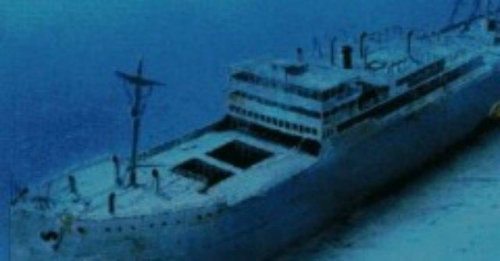 It would be necessary to intervene with a series of priority objectives such as the mapping of waste from the sea and the coast, to prepare a plan of operational intervention both from the ground and from the vessels, to create a common IT system for processing the collected data to be shared with all the industry players, monitor all sunken ships that contain poisonous loads. Finally, it is important to create operational decision-making centers that can coordinate all the forces in the field in a synergistic, efficient and economical way with results monitoring.
It would be necessary to intervene with a series of priority objectives such as the mapping of waste from the sea and the coast, to prepare a plan of operational intervention both from the ground and from the vessels, to create a common IT system for processing the collected data to be shared with all the industry players, monitor all sunken ships that contain poisonous loads. Finally, it is important to create operational decision-making centers that can coordinate all the forces in the field in a synergistic, efficient and economical way with results monitoring.
Cleaning up the Mediterranean is and remains a priority objective that must find in the main institutional actors a referent who is able to coordinate and intervene to reduce and perhaps eliminate all the substances that pollute our existence, ensuring the protection of the marine environment in all its aspects: it is urgent to unify the competences of all ministries concerned, from the environment to defense, agricultural policies to transport up to cultural and environmental heritage and the Department of civil protection and have a command and control option that in synergy achieves maximum efficiency. It is time to think now how to do it.
(photo: web)

